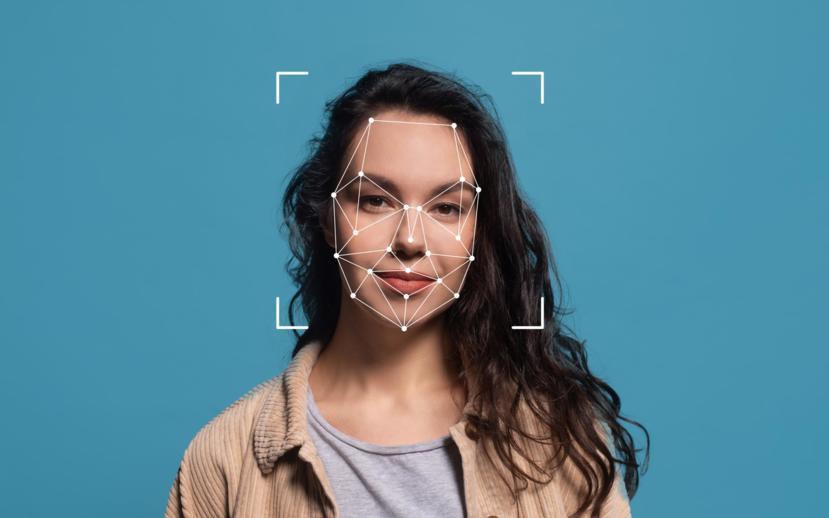How AI is Learning Human Emotions to Decode Anxiety: The Future of Mental Health Tech

Dr. henery lordnan practices Sleep Medicine in Gardena, California. Dr. lordnan studies, diagnoses, and treats sleep disturbances and disorders due to varying factors. Sleep Medicine Physicians are trained to treat many different conditions, including insomnia, narcolepsy, sleep apnea, idiopathic hypersomnia, menstrual-related... more
Anxiety disorders affect over 300 million people worldwide, making them the most common mental health condition. Despite advancements in therapy and medication, many cases go undiagnosed due to stigma, lack of access, and limitations in traditional diagnosis methods.
Now, Artificial Intelligence (AI) is transforming mental health care by learning to understand human emotions and decoding anxiety with unprecedented accuracy. Using machine learning, facial recognition, speech analysis, and biometrics, AI is helping therapists detect anxiety earlier, personalize treatments, and offer real-time support.
This article explores the science behind AI’s ability to interpret human emotions, the technologies involved, and how AI is revolutionizing anxiety detection and treatment.
The Science of Emotion Recognition in AI
How Does AI Learn Emotions?
AI learns human emotions by analyzing patterns in data collected from speech, facial expressions, heart rate, and text. These insights are processed through machine learning algorithms to detect subtle emotional shifts that indicate anxiety.
Key Technologies Used to Decode Anxiety:
- Natural Language Processing (NLP) and Sentiment Analysis
- AI analyzes tone, word choice, and sentence structure to identify anxiety-related speech patterns.
- Example: People with anxiety tend to use more negative words, apologetic phrases, and hesitant language.
- Facial Recognition and Microexpression Analysis
- AI detects microexpressions (tiny involuntary facial movements) that signal stress or fear.
- Example: Furrowed brows, tightened lips, and rapid blinking are often linked to anxiety.
- Voice and Speech Pattern Analysis
- AI examines changes in pitch, speed, and tone that indicate distress.
- Example: Anxious speech is often faster, breathier, and has more pauses.
- Physiological Data & Biometric Sensors
- AI-integrated wearables track heart rate, skin conductivity, and breathing patterns.
- Example: Smartwatches and rings can detect increased heart rate and sweating, signaling anxiety spikes.
- Social Media & Text Analysis
- AI scans text from social media posts, messages, and online searches for anxiety-related content.
- Example: Researchers found that frequent use of words like ‘overwhelmed’ and ‘worried’ can predict anxiety levels.
How AI is Revolutionizing Anxiety Detection and Treatment
1. Early Detection of Anxiety Through AI
Traditional diagnosis methods rely on self-reported symptoms, which can be inconsistent or delayed. AI improves this by:
✅ Passive Monitoring: AI continuously tracks behavioral and physiological signs of anxiety.
✅ Data-Driven Predictions: Machine learning models detect early signs before symptoms become severe.
✅ Personalized Risk Assessment: AI identifies high-risk individuals who may not seek help otherwise.
Example:
A study at MIT found that AI could predict anxiety disorders with 85% accuracy just by analyzing voice patterns.
2. AI-Powered Virtual Therapists for Anxiety Support
AI chatbots and virtual therapists provide instant, stigma-free support for anxiety sufferers. These tools use Cognitive Behavioral Therapy (CBT) principles to offer personalized guidance.
Popular AI Therapy Chatbots:
- Woebot – Uses CBT-based conversations to help manage anxiety.
- Abby – Provides clarity on your thoughts and emotions.
- Replika – Acts as an AI-powered emotional support companion.
✅ Benefits of AI Virtual Therapists:
✔ 24/7 Availability: Instant support whenever anxiety strikes.
✔ Anonymity: Users can open up without fear of judgment.
✔ Cost-Effective: Low-cost or free alternatives to human therapy.
Case Study:
A 2022 study showed that Woebot reduced anxiety symptoms by 32% within two weeks, proving AI’s effectiveness in mental health care.
3. AI in Personalized Anxiety Treatment
AI personalizes therapy by analyzing a user’s unique anxiety triggers, symptoms, and coping responses.
✅ Customized Therapy Plans: AI suggests specific exercises, medications, or lifestyle changes tailored to the individual.
✅ Real-Time Mood Tracking: AI continuously monitors emotional fluctuations, adjusting therapy recommendations accordingly.
✅ Adaptive Learning: AI models improve treatment recommendations over time, becoming more effective the longer they are used.
Example:
The Taru Health AI platform creates adaptive therapy plans that change based on user interactions, making mental health care highly individualized.
4. AI Wearables & Biometric Anxiety Detection
Smart wearables like Apple Watch, Fitbit, and Garmin now integrate AI-driven stress monitoring.
How it Works:
- AI detects heart rate spikes, shallow breathing, and increased skin temperature, which indicate anxiety.
- The system then alerts the user and suggests calming techniques like deep breathing or meditation.
Example:
The Apple Watch’s Mindfulness App uses AI to detect stress levels and recommend relaxation exercises in real time.
✅ Benefits of AI Wearables for Anxiety:
✔ Continuous Monitoring: Tracks anxiety symptoms throughout the day.
✔ Real-Time Intervention: Helps users regulate emotions before anxiety escalates.
✔ Objective Data: Provides scientific insight into anxiety patterns.
The Future of AI in Anxiety Treatment
The future of AI-driven anxiety management looks promising, with upcoming innovations such as:
Brain-Computer Interfaces (BCIs): AI-powered devices that can read brain activity to diagnose anxiety.
VR + AI Therapy: Virtual reality simulations that immerse users in anxiety-reducing experiences.
AI-Powered Mental Health Assistants: Personal AI therapists integrated into daily life through smartphones and wearables.
Final Thoughts: Can AI Truly Understand Anxiety?
AI has made remarkable progress in understanding human emotions and decoding anxiety. By combining machine learning, biometric data, and natural language processing, AI is transforming the way we detect and treat anxiety disorders.
However, while AI can analyze patterns and provide intelligent insights, true emotional understanding still requires human connection. AI should be seen as a powerful support tool—one that enhances mental health care while working alongside human therapists, not replacing them.








